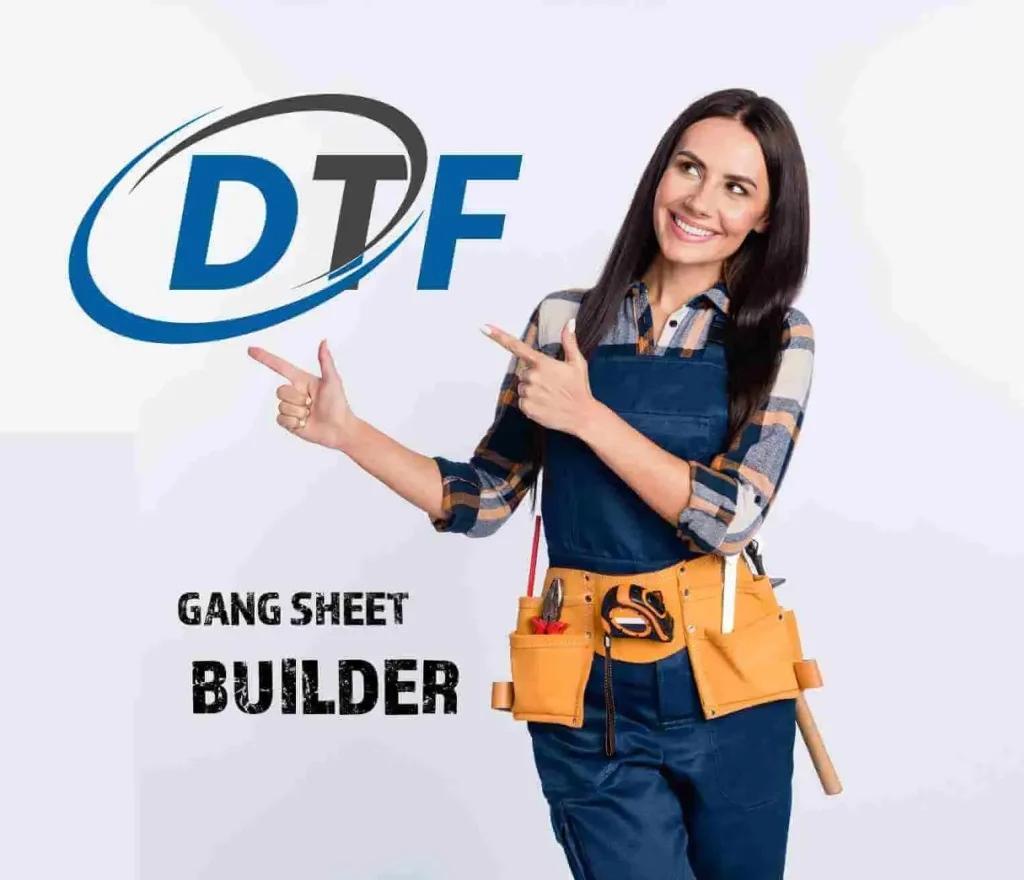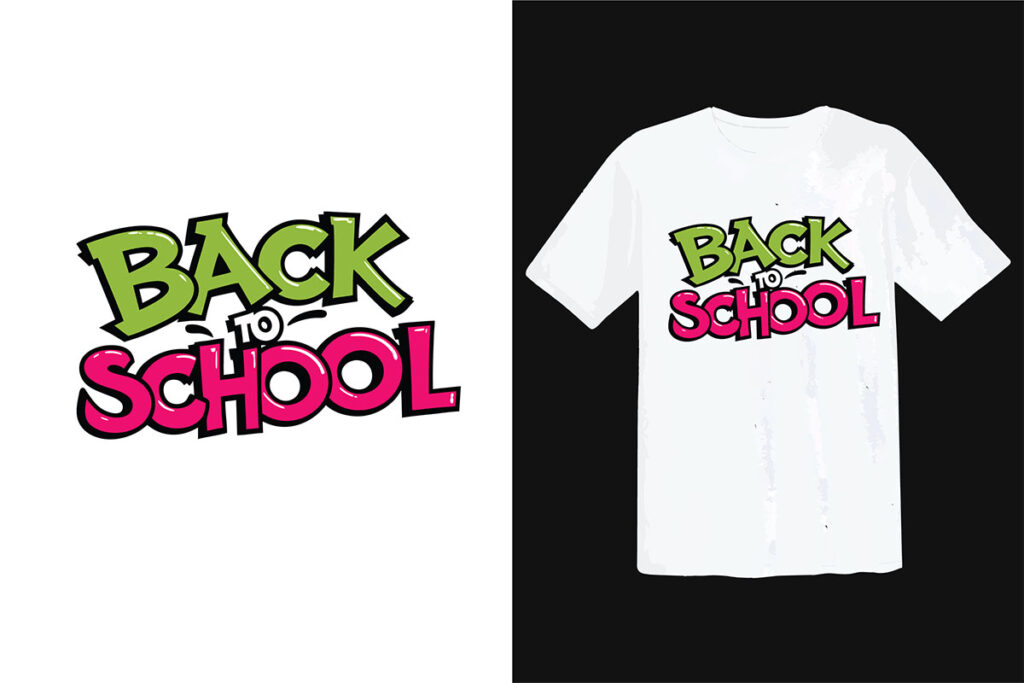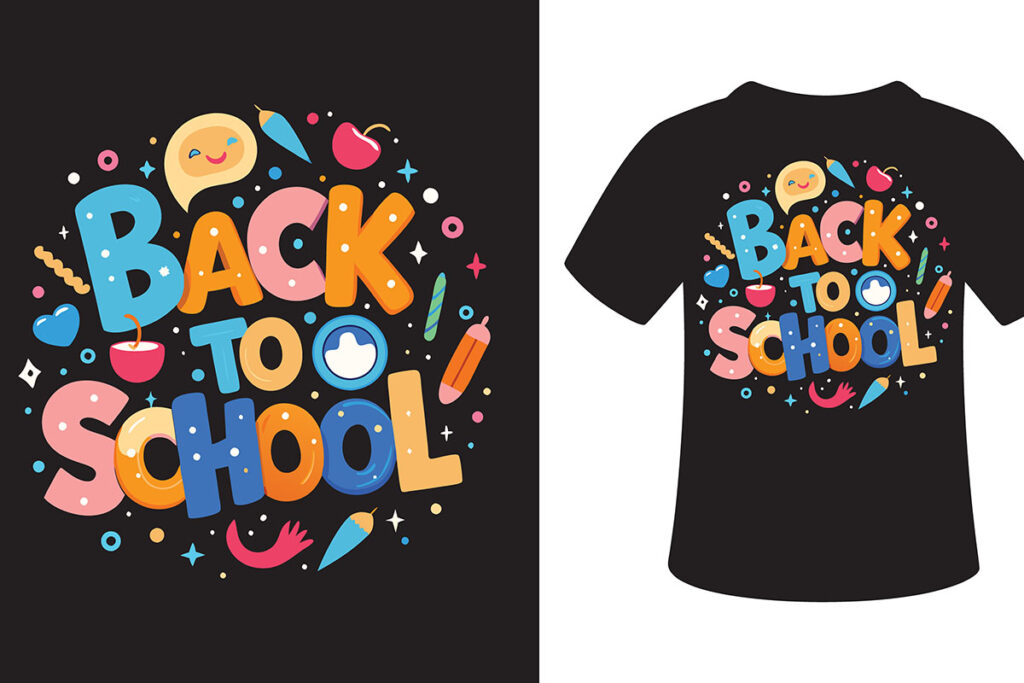In the dynamic world of textile printing, **DTF gangsheet builders** are transforming the way designers and crafters approach custom transfer printing. By utilizing DTF (Direct to Film) printing technology, these innovative tools allow users to create multiple designs on a single sheet, optimizing both time and materials. As the demand for high-quality custom apparel continues to rise, knowing how to maximize your designs with DTF gangsheet builders becomes essential. This article will delve deep into valuable design tips for DTF printing, from choosing the right transfer film to perfecting your artwork layout. Prepare to elevate your crafting game and make a lasting impression with your unique creations.
DTF gangsheet creators, also known as Direct to Film sheet builders, are reshaping the landscape of custom printing by offering a streamlined approach to artwork production. This method of gang sheet printing facilitates the efficient use of transfer films, allowing for the printing of various designs simultaneously. As artists seek to enhance their skills and outputs, understanding the nuances of design selection and transfer film compatibility is critical. With a focus on custom transfer solutions, this post aims to guide enthusiasts through essential design tips for DTF processes, helping you achieve vibrant, long-lasting prints. Discover how mastering these techniques can significantly impact your crafting projects and overall success.
Maximizing Efficiency with DTF Gangsheet Builders
Using DTF gangsheet builders has transformed the printing landscape for many designers and crafters. This innovative approach allows for the simultaneous printing of multiple designs on a single sheet, significantly streamlining workflow. For those engaged in custom transfer printing, this not only reduces material waste but also optimizes production time. In essence, DTF gangsheet builders help artists maximize the creative output without sacrificing quality, as each design can be arranged meticulously to utilize the sheet’s space.
Moreover, this technique is especially beneficial for businesses looking to scale their operations. By reducing the number of sheets needed for multiple prints, studios can lower costs and enhance their profit margins. As the demand for unique and personalized items increases, mastering the art of gang sheet printing with DTF builders ensures that creators stay ahead in a competitive market.
Tips for Successful DTF Printing
When diving into the world of DTF printing, certain tips can significantly enhance the outcome of your projects. To begin with, using high-quality images is crucial. The clarity and resolution of your design greatly impact the final product; pixelated or low-resolution graphics will diminish quality, making the prints appear unprofessional. Implementing design tips for DTF, such as using vector files, can ensure clarity and vibrancy in your prints.
Additionally, planning your artwork layout before starting the print process is essential. By strategically grouping your designs and considering the size of the gang sheet, you can optimize your materials and minimize waste. This foresight not only aids in efficiency but also enhances creativity as it allows for a more complex arrangement of designs.
Choosing the Right Transfer Film for DTF
Selecting the appropriate transfer film is vital for achieving stunning results in DTF printing. Not all films are created equal, and various types feature different compatibilities with inks and fabrics. Understanding the characteristics of various transfer films can empower designers to choose the best options for their specific projects. For instance, some films offer superior color reproduction, while others may provide enhanced durability and wash resistance.
Moreover, experimenting with multiple films can lead to discovering the optimal match for your unique designs. Designers should keep an eye on the market for advancements in transfer film technology, as innovations continue to arise that improve performance and versatility, ensuring that each custom transfer project is a success.
Printer Settings for Optimal DTF Results
Fine-tuning printer settings is a crucial step in achieving outstanding DTF prints. Adjusting ink density and temperature is often recommended to ensure a balance between vibrancy and fabric compatibility. The right settings can prevent issues such as smudging or fading during the printing process. Designers should always refer to the manufacturer’s guidelines for their specific printer model to optimize these settings.
Lastly, regular maintenance of your printer cannot be overlooked. Keeping printer heads clean and performing routine checks ensures that your machine runs smoothly and continues to produce high-quality prints over time. By prioritizing maintenance, you can avoid clogs that lead to wasted materials and frustrating production delays.
Post-Printing Techniques to Enhance Durability
Proper curing techniques are essential after printing to ensure that designs remain vivid and durable after application. Each transfer film typically comes with specific heat and pressure requirements, and adhering strictly to these guidelines during the curing process is crucial. Getting this step right guarantees that your ink bonds effectively with the fabric, resulting in a longer-lasting design.
Beyond curing, exploring various application techniques can help find the best method for each unique project. Factors like fabric type and design intricacy can significantly affect performance. By testing different heat press techniques and timing, you can discover the most effective approaches tailored to your creations, ultimately leading to successful results.
Embracing the Future of DTF Printing Techniques
The world of DTF printing is continuously evolving, with new technologies and methodologies emerging at a rapid pace. Embracing innovations such as DTF gangsheet builders not only enhances your workflow but also elevates the quality of your designs. Staying equipped with cutting-edge tools ensures that you remain competitive and can meet the growing demands of custom apparel and design industries.
Moreover, keeping up with industry trends and updates provides insights into which practices are gaining traction. As more designers adopt DTF printing, knowledge about the latest advancements will allow you to refine your techniques, delivering better-quality outputs while maintaining aesthetic appeal. Such engagement is crucial for fostering creativity in your design process and expanding your creative horizons.
Frequently Asked Questions
What are DTF gangsheet builders and how do they enhance DTF printing?
DTF gangsheet builders are tools that allow users to combine multiple designs onto a single sheet for printing. This method streamlines the DTF printing process by maximizing material use and enabling the creation of intricate layouts. By utilizing a gang sheet, creators can produce high-quality, customized transfers efficiently.
What should I consider when selecting transfer film for DTF printing?
When choosing transfer film for DTF printing, it’s important to consider compatibility with your printer and inks. The right film enhances color vibrancy and durability of the print. Experimenting with different types, along with consulting manufacturer guidelines, can help you select the best transfer film for your designs.
How can I optimize my artwork layout using DTF gangsheet builders?
To optimize your artwork layout with DTF gangsheet builders, carefully group your designs to utilize every inch of the gang sheet efficiently. Leave appropriate margins to prevent overlapping during printing and use design software that integrates with the builders to visualize the layout effectively.
What are some essential design tips for using DTF gangsheet builders?
Key design tips for DTF gangsheet builders include using high-resolution images to maintain detail, carefully planning your artwork layout, and selecting the right transfer film. These practices will ensure high-quality prints and a seamless design experience.
What post-printing techniques are crucial for successful DTF transfers?
Proper curing techniques are essential for DTF transfers, including following specific heat and pressure recommendations for your transfer film. Additionally, experimenting with different application methods and settings can lead to optimal results for your designs.
How can I maintain my printer to ensure high-quality results in DTF printing?
To maintain your printer for DTF printing, perform regular cleaning of printer heads and maintenance checks. This practice helps prevent ink clogs, ensuring consistent and high-quality outputs with every print.
| Key Point | Details |
|---|---|
| Introduction to DTF Printing | DTF printing offers high-quality outputs and versatility in apparel and crafts. |
| Function of DTF Gangsheet Builders | They optimize printing by allowing multiple designs on one sheet, saving cost and material. |
| Tip 1: Use High-Quality Images | High-resolution images are crucial for crisp, vibrant prints. |
| Tip 2: Plan Artwork Layout | Strategic grouping maximizes space and prevents overlapping during printing. |
| Tip 3: Select Right Transfer Film | Experiment with films for best color reproduction and durability. |
| Printing Settings | Adjust ink density and temperature for optimal results. |
| Maintenance of Printer | Regular care prevents ink clogs and ensures high-quality output. |
| Post-Printing Techniques | Proper curing and experimenting with application techniques enhance durability and print quality. |
Summary
DTF Gangsheet Builders are revolutionizing design possibilities in the world of custom printing. By implementing the best practices and tips for DTF printing, such as using high-quality images and selecting the right transfer film, designers can significantly enhance their workflow and design quality. Furthermore, understanding printing settings and post-printing techniques will ensure that creations are not only visually appealing but also durable and long-lasting. As technology advances, staying updated on these tools will keep you at the forefront of the DTF printing industry, allowing your creative projects to shine.



